As a part of your emergency action steps as a first-aider, you should
Size up the Scene, (also referred to as) CHECK the scene
You should quickly evaluate
•Scene safety (is it even safe for you to approach the victim?)
•What happened (look for clues as to what caused the injury or the nature of the illness and how severe it is)
•How many injured or ill victims (infants and children who are not crying can be overlooked, an injured person may stumble away from the scene and collapse elsewhere – is there someone who can identify who was present?)
•How many other people (trained or not) are there who can help (example: call 911 and/or get equipment such as the first aid kit, AED)
•what additional assistance is needed (including Emergency Medical Services, fire, police)
Your quick evaluation of scene safety can include:
Location (please don’t run out into traffic)
You should avoid going into areas, including a poisonous gas environment, possible explosive environment (natural gas or propane, fuel leaks), that require special training or equipment (examples: respirators, self-contained breathing apparatus)
![]()
Gasoline or unknown liquid on the roadway?
fire, smoke-filled spaces (Only firefighters should approach a burning vehicle, building. Never use an elevator in a building that may be burning.)
confined areas with no ventilation or fresh air,
Electricity: you might need to turn off power / a circuit breaker.
downed powerlines, (never attempt to move them)
hazardous material (is there a chemical transport tank involved in the accident? Are there signs on a vehicle or railway car?)
stay uphill and upwind of chemical clouds / smells
Behavior of victims/bystanders, for example:
Victim exhibits altered mental status and victim shows behavior or personality changes / mood changes like feeling sad, anxious or listless or becoming easily irritated or angry for little or no reason. Might resist treatment. Mental status deteriorates, moving from disoriented, to irritable, to combative, to a coma
Hostile situations, including animals and people, (domestic violence, civil disturbances/riots, gang fights, street fights, hostage situations, violent behavior and unruly fans at concerts or sporting events, angry bystanders or family members)
Crime in progress (even paramedics do not enter a crime scene / building until the police say it is safe for them)
– – – – – – – – – – – – – – – – – – – – – – – – – – – – – – – – – – –
swiftly moving or rapidly rising water
Water does not need to be this deep to get you in trouble:
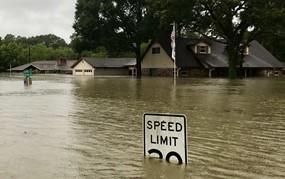

FEMA warns:
“Turn around. Don’t drown. Do not walk, swim, or drive through flood waters. Just six inches of fast-moving water can knock you down, and one foot of moving water can sweep your vehicle away. The depth of water is not always obvious. The road may be washed out under the water, and you could be stranded or trapped.”
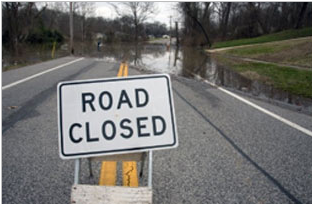
And flood waters can have sewage or toxic chemicals in them. They could be electrically charged from downed or buried power lines. They could conceal debris like glass, dead animals or poisonous snakes
Some localities are starting to fine people who drive around flooded road barriers
and need to be rescued or have their vehicles extracted.

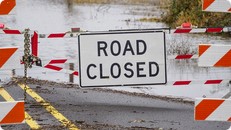
Even a trained lifeguard should not attempt a rescue in a fast-moving river, such upstream of this:
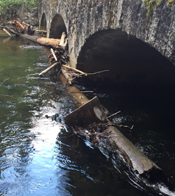
– – – – – – – – – – – – – – – – – – – – – – – – – – – – – – – – – – –
and during a wilderness emergency:
Hypothermia setting in because the victim is no longer hiking, skiing, (moving around and creating body heat)
Dehydration will be setting in because you did not bring enough water or a water filter (hmmm, and the victim was already quite dehydrated because of the difficulty of purifying water if you do not bring a water filter)
Weather is getting worse / thunderstorm out of nowhere, daylight is fading, an avalanche after the first one that caused the injury, or another bunch of wasps after the first one(s) that caused the initial injury . . .
– – – – – – – – – – – – – – – – – – – – – – – – – – – – – – – – – – –
collapsed or partially collapsed or about-to-collapse structures, floors (after an earthquake, tornado or floods for example)
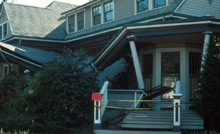
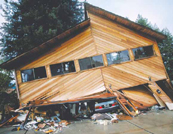
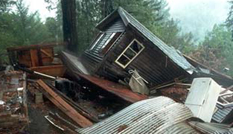
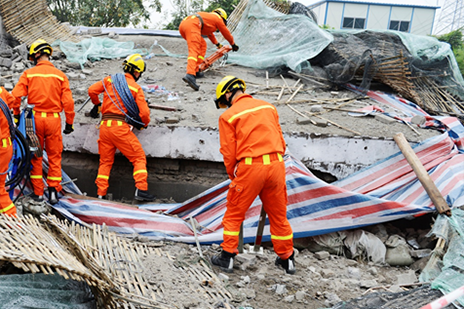
Are the rescue workers properly prepared to climb all over on roofs, for example?
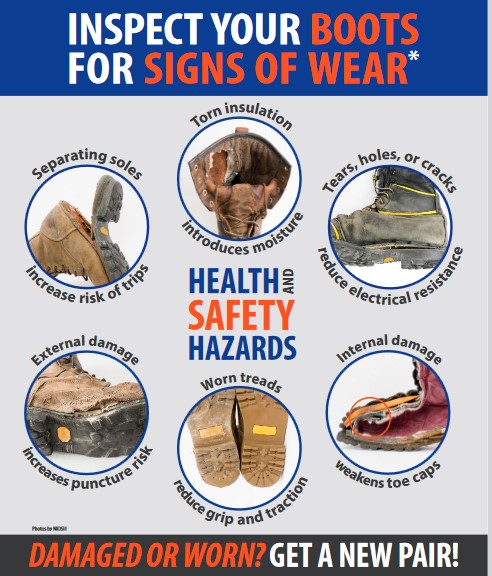
– – – – – – – – – – – – – – – – – – – – – – – – – – – – – – – – – – –
Are bears dangerous?
Bears usually stay away from people, but sometimes like to use trails. But if you see a juvenile bear on a trail like this, mom is likely very nearby (and very protective). Stay away!

A bear a distance away from you who stands up is not necessarily dangerous.

Bears are often seen in movies and television standing on their two hind legs, growling and looking quite ferocious.
In real life however, black bears stand bipedal when they are trying to get a better look at or smell of something that has peaked their curiosity,
and growling is rarely a sound that you will hear from a black bear.
Denali Park explains why a bear would stand up:
“If a bear stands up and looks at me, is it acting aggressively?
No. Bears stand on their hind legs in order to get a better look or a better whiff of something they are not sure of. If this happens, make it obvious that you are human by waving your arms and speaking loudly. Try to position yourself so that you are upwind and the bear can smell you. Signs that a bear is disturbed by your presence include: woofing, jaw chomping, swaying, laying ears back, and yawning.”
You can read more at: Bears and your safety in grizzly bear country
– – – – – – – – – – – – – – – – – – – – – – – – – – – – – – – – – – –
(Note to on-line users not in my classes: this is a study sheet.
It is not complete instruction in first aid or the topic named in the webpage title.)
– – – – – – – – – – – – – – – – – – – – – – – – – – – – – – – – – – –